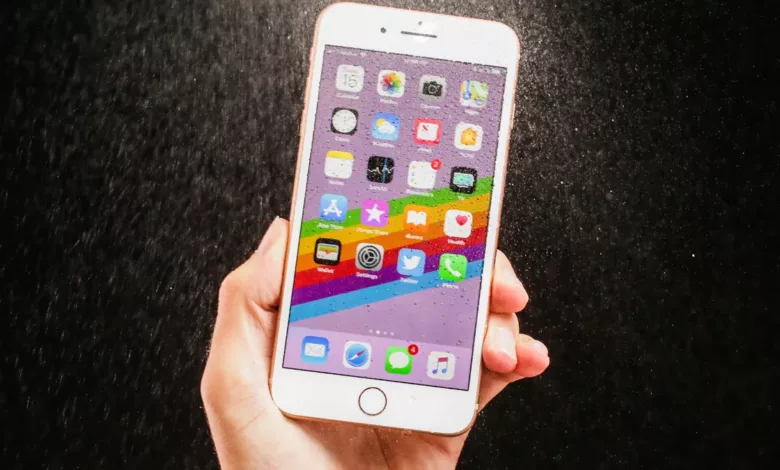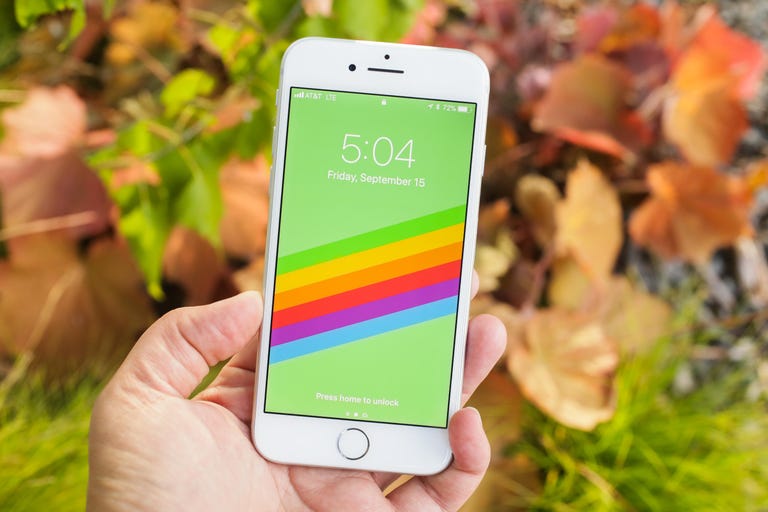Government Issues Urgent High-Risk Warning for iPhone 8 and Later Models: Critical Vulnerabilities Exposed

Government Issues Urgent High-Risk Warning for iPhone 8 and Later Models: Critical Vulnerabilities Exposed
In a startling revelation, the Indian government’s Computer Emergency Response Team (CERT-In) has issued a high-risk warning concerning iPhone 8 and subsequent models that are operating on versions of iOS prior to 16.7.1. The warning highlights a critical concern – multiple vulnerabilities present in Apple’s iOS due to improper validation within its kernel component and a potentially harmful buffer overflow issue in the WebRTC component. These vulnerabilities have raised the red flag because they could potentially be exploited by malicious actors to gain elevated privileges, potentially causing a severe breach of user security and privacy.
The announcement from CERT-In has set off alarm bells among iPhone users and the broader tech community, as the organization is known for its role in addressing and mitigating cyber threats in India. Understanding the gravity of the situation is crucial for users of iPhone 8 and later models, as well as anyone concerned about the security of their personal data. This article delves into the details of the vulnerabilities, the potential risks, and what steps can be taken to safeguard your device.

Understanding the Vulnerabilities
To comprehend the urgency of the warning, it’s essential to break down the vulnerabilities detected by CERT-In.
1. Improper Validation in Kernel Component: The kernel is the core component of an operating system that manages essential functions, making it a prime target for attackers seeking to exploit security weaknesses. In this case, the vulnerability arises from improper validation within the iOS kernel. Essentially, this means that the iOS is not adequately checking and verifying certain inputs or actions. This creates an opening for attackers to execute malicious code and potentially take control of the device.
2. Buffer Overflow Issue in WebRTC Component: WebRTC (Web Real-Time Communication) is a technology that enables real-time communication through web browsers. While this component is crucial for applications like video conferencing, it is also vulnerable to buffer overflow issues. A buffer overflow occurs when an application writes more data to a buffer (a temporary storage location) than it can handle, potentially leading to a system crash or, in the worst-case scenario, allowing an attacker to execute arbitrary code on the device.
Potential Risks
The vulnerabilities outlined above may seem technical, but their real-world implications are far from abstract. When exploited, these flaws could have several devastating consequences:
1. Elevated Privileges: If an attacker gains access to your iPhone through these vulnerabilities, they could attain elevated privileges, essentially giving them control over your device. This could lead to unauthorized access to your data, personal information, and even control over your device’s functionalities.
2. Data Breaches: With control over your device, attackers could access sensitive personal information, such as your emails, text messages, and photos. They could potentially exploit this data for malicious purposes, leading to privacy breaches or identity theft.
3. Spyware and Malware: The ability to execute arbitrary code could allow attackers to install spyware or malware on your device, leading to continuous surveillance or further compromises of your device’s security.
4. Device Manipulation: Beyond data theft and surveillance, attackers could potentially manipulate your device to their advantage, affecting its performance or even using it as a tool for further cyberattacks.
5. Financial Loss: In some cases, attackers may use their control over your device to carry out financial fraud, such as making unauthorized transactions or accessing your banking information.

The Urgent Need for Updating iOS
The gravity of these vulnerabilities underscores the importance of updating your iPhone’s operating system to the latest version (iOS 16.7.1 or later). Apple frequently releases security patches in response to identified vulnerabilities, and staying up to date is one of the most effective ways to protect your device.
Here are steps you can take to ensure your iPhone is adequately protected:
1. Check Your iOS Version: To confirm your iPhone’s current iOS version, go to “Settings” > “General” > “About.” Look for the “Software Version” or “iOS” section.
2. Update Your iPhone: If your iOS version is earlier than 16.7.1, it is imperative to update your device immediately. To do this, go to “Settings” > “General” > “Software Update” and follow the on-screen instructions. Ensure you have a reliable Wi-Fi connection and adequate battery life to complete the update.
3. Enable Automatic Updates: To prevent future vulnerabilities from affecting your device, you can enable automatic updates. Go to “Settings” > “General” > “Software Update” > “Customize Automatic Updates” and toggle on “Download iOS updates.”
4. Stay Informed: It’s essential to stay informed about the latest cybersecurity threats and the steps you can take to protect your device. Following CERT-In’s updates and advisories is a good way to do this.
5. Enhance Security Practices: Beyond updating your iOS, consider enhancing your device’s security by enabling features like Face ID, Touch ID, and passcodes. Regularly review and update your passwords for online accounts and applications.
Apple’s Response
It’s important to note that Apple is not oblivious to these vulnerabilities. When such flaws are identified, the company typically acts swiftly to address them. Apple’s dedication to user security and privacy is well-documented, and they consistently release security updates to tackle vulnerabilities and protect their users.
In response to the CERT-In warning, it’s highly likely that Apple has been working diligently on a security patch to address the vulnerabilities. Once this patch is available, it is crucial for users to install it immediately to fortify their devices against potential threats.
The Broader Impact
The high-risk warning issued by CERT-In regarding iPhone 8 and later models serves as a stark reminder of the broader challenges we face in the digital age. With the increasing reliance on smartphones and other connected devices, the risks associated with cybersecurity vulnerabilities have never been greater. Individuals, businesses, and governments must remain vigilant and proactive in their efforts to secure personal data and protect against cyber threats.
While this warning specifically concerns iPhone users in India, the implications extend globally. The interconnected nature of the digital world means that vulnerabilities in one part of the globe can have a domino effect, impacting users and organizations worldwide. It highlights the urgency for governments and technology companies to collaborate in the quest for stronger cybersecurity.

Final Thoughts
In the digital era, security is a fundamental concern for all users of technology, and the CERT-In warning regarding iPhone 8 and later models reinforces the need for constant vigilance. The vulnerabilities identified are not merely technicalities; they have the potential to impact individuals, their privacy, and the security of their data.
As a responsible iPhone user, taking immediate action to update your iOS to the latest version is the most effective way to mitigate these risks. By staying informed and practicing good security hygiene, you can protect yourself against the ever-evolving landscape of cybersecurity threats. Additionally, it is advisable to keep an eye on the official communications from both CERT-In and Apple for updates and advisories. In the age of digital connectivity, securing your devices is the first line of defense in preserving your privacy and personal data.




